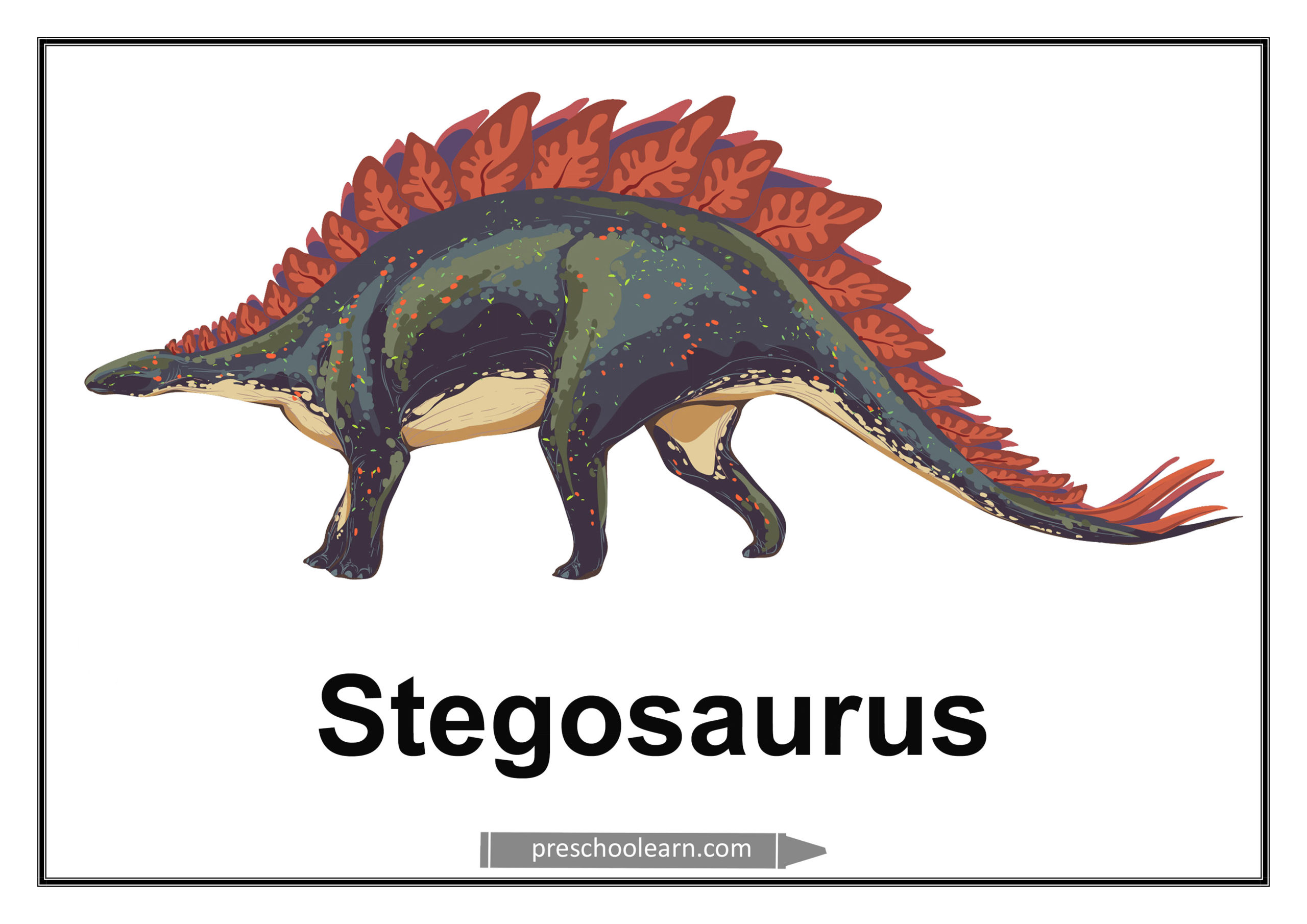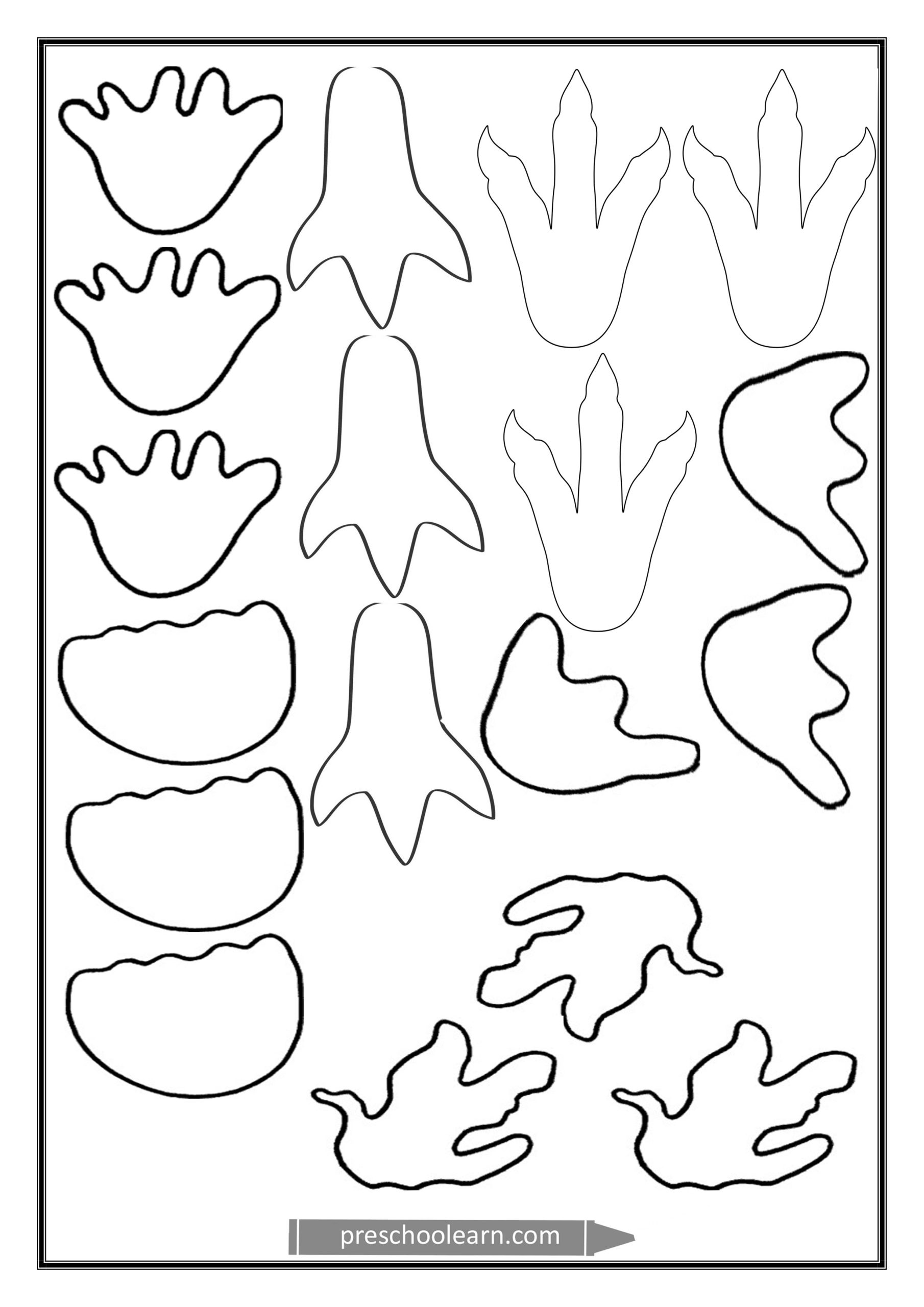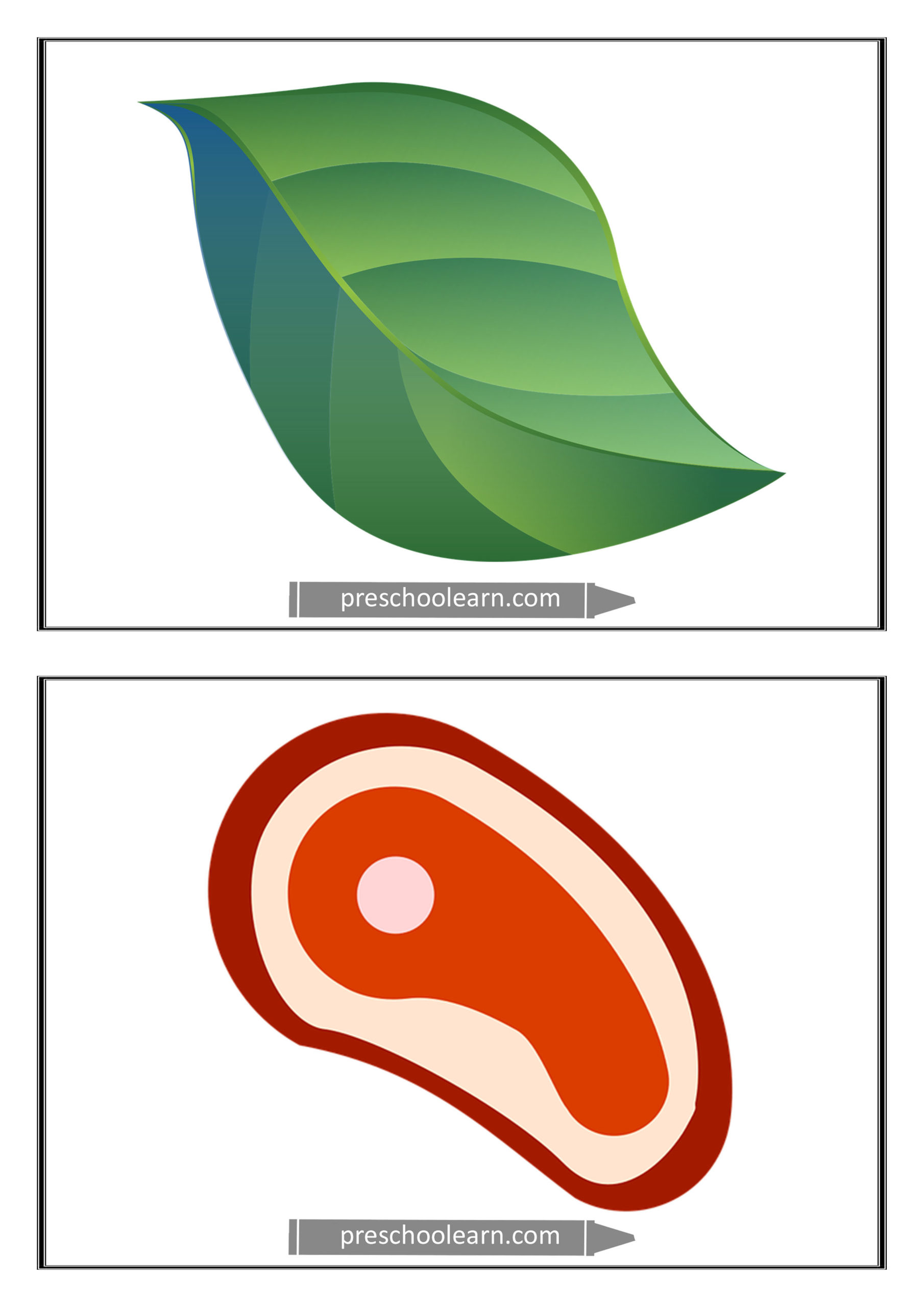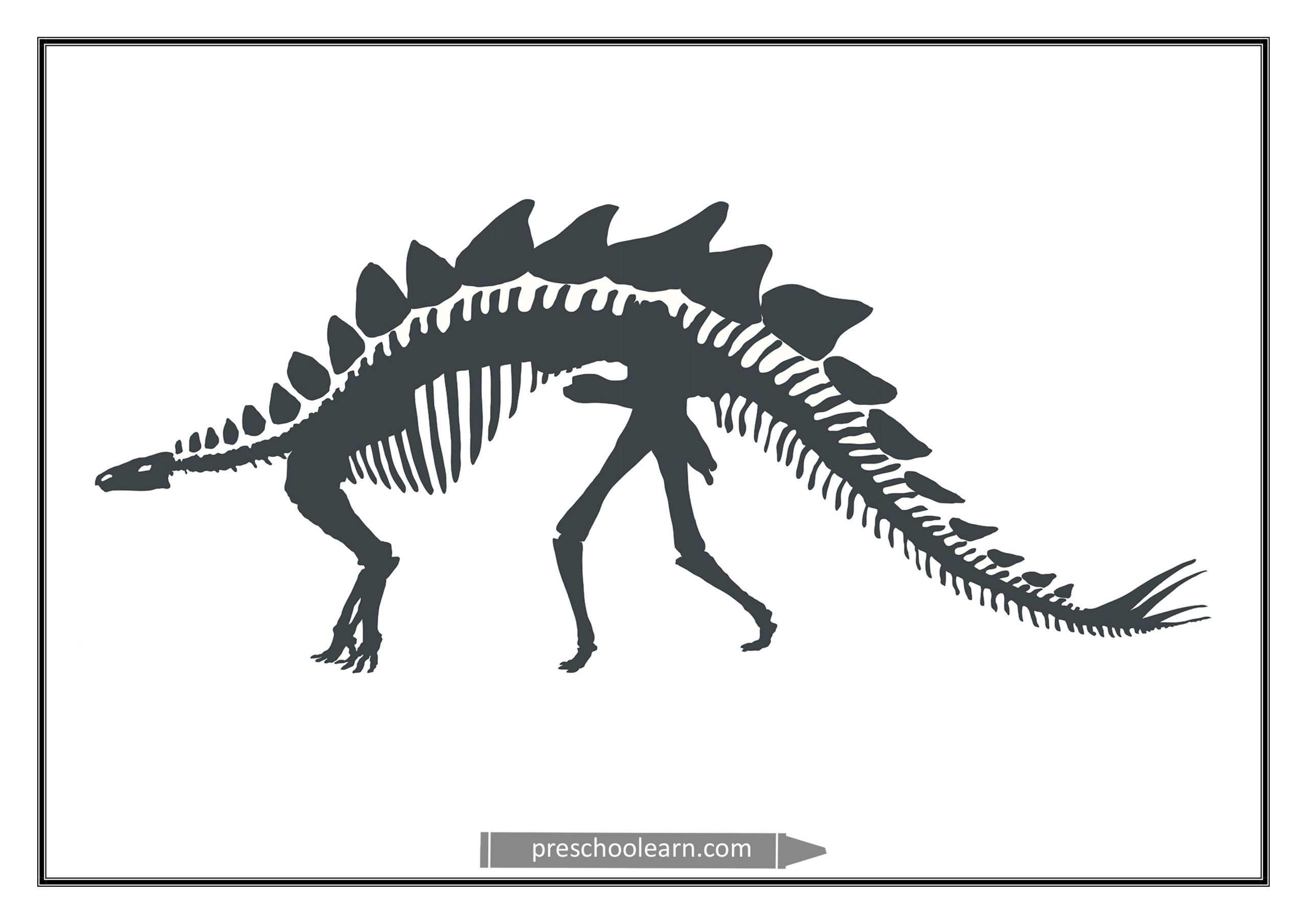Preschoolers will get to know about a few prehistoric reptiles – their appearance, names, characteristics and food preferences. They will practice chunking difficult names and learning a song entitled ‘Dinosaurs Hokey-Pokey’.
Materials:
dinosaurs footprints emblems on colorful sheets with double-side tape on the back, dinosaurs footprints with numbers and letters on colorful sheets, tables with names of dinosaurs, pencils/crayons, boxes filled with sand with names of the dinosaurs and picture cards of dinosaurs inside cut into pieces, tambourine, envelopes with dinosaurs on it and the information about them inside, sounds of dinosaurs, picture cards with names of the dinosaurs, drum, meat and plant emblems, janissaries, laminated picture cards with dinosaurs skeletons – painted by watercolors, a song entitled ‘Dinosaurs Hokey-Pokey’.
Activity description:
* Before the class (for example, during breakfast, secretly from children), teacher places on the carpet the footprints of dinosaurs and 6 boxes with their names, filled with sand with picture cards with dinosaurs inside.
1. ‘Footprints hunter’ – didactic activity – children stand before entering the hall. Teacher gives out the emblems with dinosaur footprints. They stick them on their T-shirts and form groups with the same emblems. They come to the preschool room one by one and find tracks with the same footprints. After walking all the track, they reach for the box with the same emblem of footprints and find inside the parts of the picture. They compose it.
2. ‘Where is our dinosaur?’ – movement activity – children move in the preschool room to the rhythm of a tambourine. When the music stops, teacher shows an envelope with a dinosaur. Children, which composed the same dinosaur in the activity before, run to him/her and take away this envelope. Inform them that they mustn’t open the envelope for the next activity. Repeat this activity 6 times to give out envelopes to all groups.
3. ‘Prehistorical reptiles’ – didactic activity – teacher places on the carpet the picture cards with dinosaurs. Children can’t see what is on them. You can place all 10 cards – it depends on the possibility of the group. Next, she invites children one by one to expose cards and try to call the dinosaur. After that, everybody chunks the dinosaur name and says it in different ways, e.g. as if they were yawning, quickly, slowly, with surprise, loudly, quietly, with anger, etc. Teacher reads the short note about dinosaurs. When all cards are open, teacher asks children: ‘What else do we know about dinosaurs?’, ‘Do you know other dinosaurs?’, ‘Are you sure that all reptiles from this class are dinosaurs?’ After their answers, sum up the most important information about dinosaurs.
Dinosaurs were land reptiles (such as crocodiles, snakes, and lizards) and were divided into two groups: carnivores (predators) and herbivores. Colloquially, all animals known today are called dinosaurs, but in fact, dinosaurs move only on land. Pterosaurs are prehistoric flying reptiles and plesiosaurs and ichthyosaurs are prehistoric water reptiles. The name: ‘dinosaur’ is from Greek and means: ‘scary lizard’, but from the size, not the appearance. The dinosaurs were on the Earth about 135 million years ago, while the oldest representatives of the human species appeared only 2.5 million years ago (so the dinosaurs were on the Earth longer than humans do).
4. ‘Dinosaur walk’ – movement activity – children move in the preschool room and imitate dinosaurs in their imaginary way to the sounds of dinosaurs. Continue it for 1-1,5 minutes.
5. ‘Herbivores or carnivores?’ – didactic activity – teacher places on the carpet the picture cards with dinosaurs and emblems with meat and plant. Teacher asks children if they remember which dinosaurs are herbivores and which are carnivores and also if they know how we can tell them apart (the carnivorous dinosaurs have mouths filled with sharp teeth and sharp claws, adapted to tear meat. The herbivorous dinosaurs have mouths filled with flat teeth, which are used to crush plants into a pulp or structure similar to a bird’s beak. They can split speeds or collect grains from the ground with them. They don’t have sharp claws). Next, teacher asks children to choose, call and assign dinosaurs to the correct group: herbivores or carnivores with the justification of the choice.
6. ‘Dangerous or not?’ – movement activity – children move in the preschool room to the rhythm of janissaries. During a break, teacher shows a picture card with a dinosaur and children make dangerous faces – they show teeth, move hands imitating scratching claws, etc. – if the dinosaur on the card is carnivorous. If the dinosaur is herbivorous, they climb on toes, imitate picking leaves from trees, or crouch and imitate collecting seeds. Repeat it 6-8 times.
7. ‘What kind of dinosaur is it?’ – didactic activity –children sit on the carpet in the circle. The teacher shows a picture card with the part, painted with watercolors and says that they have to scratch the watercolor to see the skeleton of the dinosaur and next try to guess what kind of dinosaur it is. After that, she gives out picture cards and asks the children to scratch off the painted part. One by one they try to name dinosaurs. We can place on the carpet pictures of dinosaurs to help them.
8. ‘Attention! Dinosaur!’ – movement activity – children move in the preschool room. When teacher says: ‘Attention! Dinosaur!’, they freeze. When they hear ‘The dinosaur is gone’ – they move around the room again. Repeat it 5-6 times.
9. ‘Dinosaurs Hokey-Pokey’ – listening to the song – children sit in a circle and listen to the song. Teacher shows the correct gestures to it. A movie with them is here. They try to imitate these gestures.
Dinosaurs Hokey-Pokey
You put your right claws in (pull the right hand in front of you, imitating scratching with claws)
You put your right claws out (pull the right hand to each other, imitating scratching with claws)
You put your right claws in (pull the right hand in front of you, imitating scratching with claws)
And you shake it all about (shake the right hand from side to side)
You do the Dino-Pokey and you turn around (turn around with hands up on sides)
That’s what it’s all about –Roar, Roar Roar! (clap and shout with a dangerous face: roar!)
You put your right leg in (step the right leg forward)
You put your right leg out (back the right leg to the place)
You put your right leg in (step the right leg forward)
And you shake it all about (shake the right leg)
You do the Dino-Pokey and you turn around (turn around with hands up on sides)
That’s what it’s all about –Roar, Roar Roar! (clap and shout with a dangerous face: roar!)
You put your left leg in (step the left leg forward)
You put your left leg out (back the left leg to the place)
You put your left leg in (step the right leg forward)
And you shake it all about (shake the left leg)
You do the Dino-Pokey and you turn around (turn around with hands up on sides)
That’s what it’s all about – Roar, Roar Roar! (clap and shout with a dangerous face: roar!)
You put your big teeth in (stick the head forward and show teeth)
You put your big teeth out (put the head back in place, closing lips)
You put your big teeth in (stick the head forward and show teeth)
And you shake it all about (move jaws from side to side)
You do the Dino-Pokey and you turn around (turn around with hands up on sides)
That’s what it’s all about – Roar, Roar Roar! (clap and shout with a dangerous face: roar!)
You put your long tail in (imitate the carrying of the long tail forward)
You put your long tail out (imitate the carrying of the long tail back)
You put your long tail in (imitate the carrying of the long tail forward)
And you shake it all about (imitate moving the tail)
You do the Dino-Pokey and you turn around (turn around with hands up on sides)
That’s what it’s all about – Roar, Roar Roar! (clap and shout with a dangerous face: roar!)
Attachments:
Footprints emblems for the ‘Footprints hunter‘ activity – to print on colored cards
Footprints emblems for the ‘Footprints hunter‘ activity – to print on colored cards
Picture cards with dinosaurs for the ‘Where is our dinosaur?’ activity – to stick on envelopes
Information to envelopes and to read for the activities entitled ‘Where is our dinosaur?’ and ‘Prehistoric reptiles’
Picture cards for the activities entitled ‘Footprints hunter’, ‘Herbivores or carnivores?’ and ‘Dangerous or not’

Emblems for the ‘Herbivores or carnivores?’ activity
Picture cards with dinosaurs skeletons to be laminated and painted over for the ‘What kind of dinosaur is it?’ activity
Pages used:
- https://www.youtube.com/watch?v=MX-DvqFjVDE – the sounds of dinosaurs for the ‘Dinosaur walk’ activity
- https://www.youtube.com/watch?v=26LGKmtnwQw – show the gesture and the similar song entitled ‘Dinosaur Hokey-Pokey’






